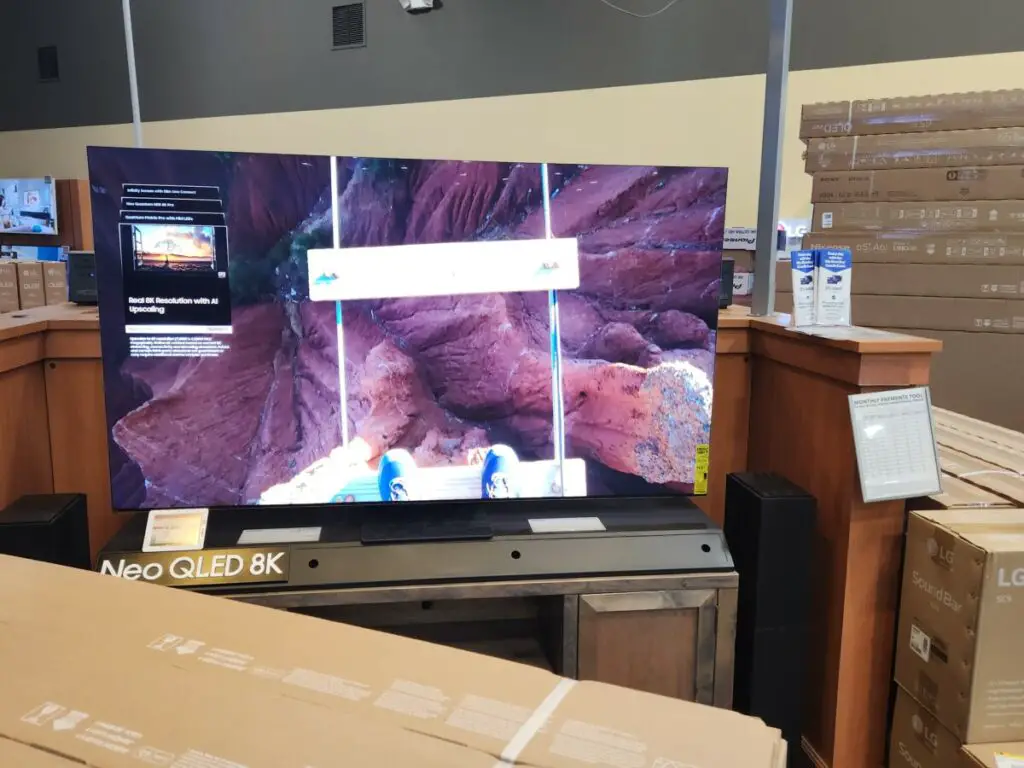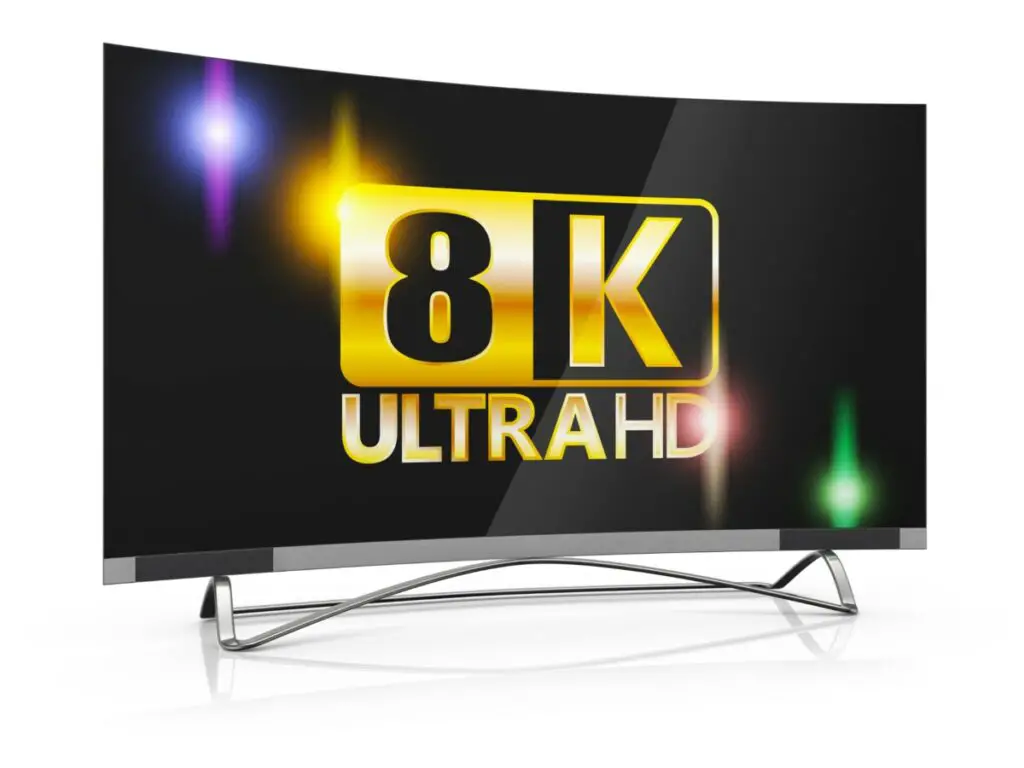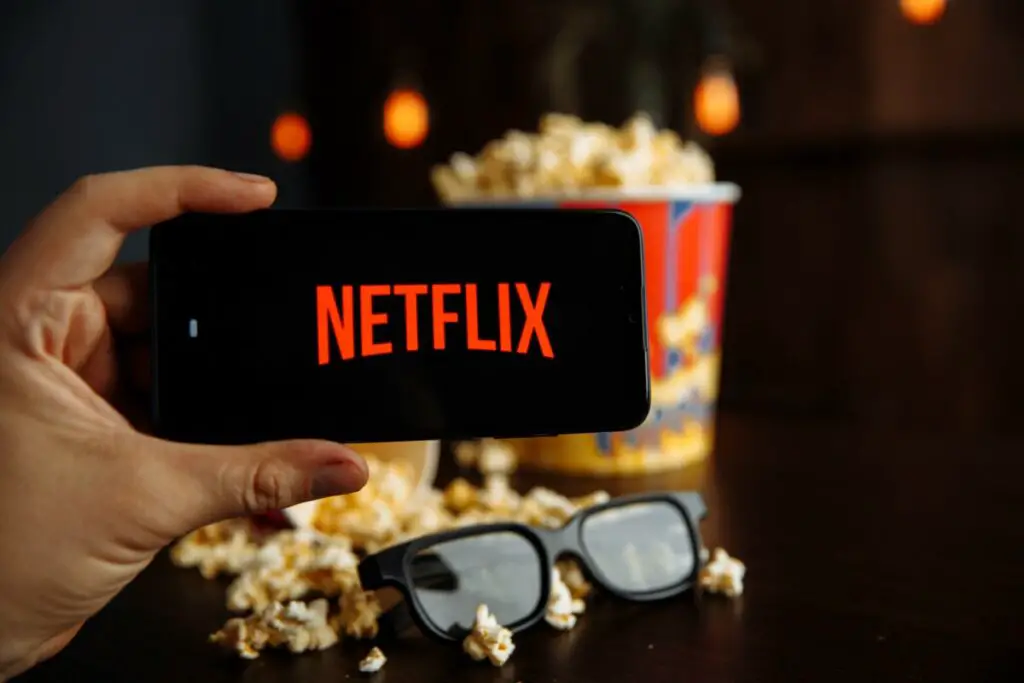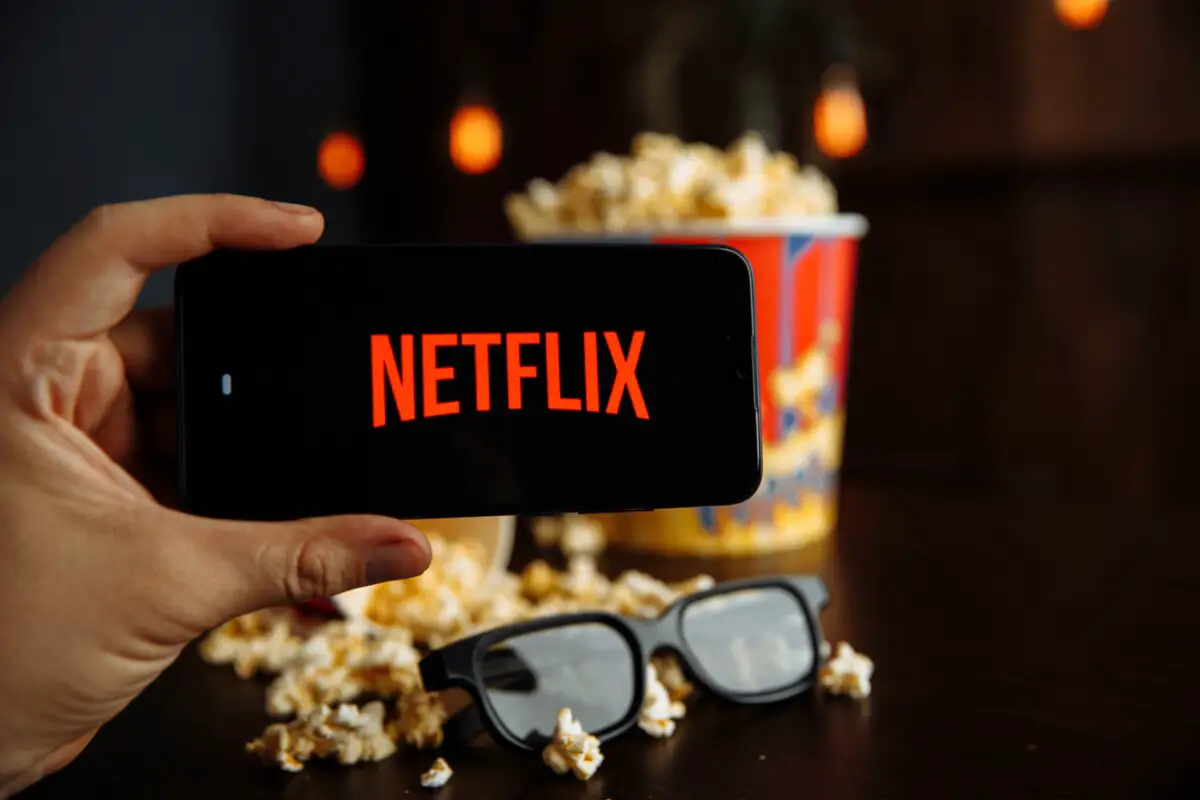As an Amazon Associate I earn from qualifying purchases
If you’re a fan of streaming movies and TV shows, you might be wondering if Netflix supports 8K.
The answer is no, Netflix does not currently offer 8K streaming. However, the company has been experimenting with the technology and has plans to support it in the future.
8K has been touted as the next big thing in TV technology for years, as it offers four times the resolution of 4K and 16 times the resolution of 1080p.
While 8K TVs are still relatively new and expensive, there is hope within the industry that they can become more popular and affordable.
As for Netflix, they have not yet announced a timeline for 8K support, but the company has been working on the technology for some time.
In 2019, Netflix began filming some of its original content in 8K, and the company has also been testing 8K streaming on select devices.
While it may be some time before 8K support is widely available on Netflix, it’s clear that the company has taken steps to bring 8K to its audience.
In this blog post, I will go over the future prospects of 8k as well as what you will need to properly display 8k images if you choose to invest in an 8k TV.
Does Netflix Support 8K? Does any Streaming Service?

No streaming services currently offer 8K content. While YouTube does have some 8K content available, it is very limited.
It’s important to note that 8K is likely to be a fad in my opinion. In fact, I wrote an article about why I think 8K is overkill if you want to check that out.
The internet speed and bandwidth requirements are a problem, and at the moment, 8K provides no noticeable improvement over 4K HDR.
Higher resolution is not the future of television; it is likely maxed out at 4K. 4k isn’t even standard technology yet either, most people watch content on 1080p.
What consumers want to see is continued improvements in technology like HDR and OLED, QLED.
These technologies offer improved contrast, brightness, and color accuracy, which are more noticeable to the human eye than just a higher resolution.
It would be wise for TV manufacturers to focus on those technologies instead of just increasing resolution.
Current State of 8K Streaming

Netflix and 4K Content
Netflix has been a pioneer in streaming, offering high-quality content to its subscribers worldwide.
The streaming giant has been a major player in the 4K content market, providing a wide variety of movies and TV shows in Ultra HD resolution.
Netflix has made significant investments in 4K content, and it has paid off.
The platform now has a vast library of 4K content that is available to stream on compatible devices.
Availability of 8K Content
However, when it comes to 8K content, the situation is different.
Currently, Netflix does not support 8K streaming.
You won’t find any 8K content on Netflix, Disney Plus, or other similar streaming services.
The primary reason for this is the large amount of data that needs to be transferred over an internet connection.
8K content requires a significantly higher bandwidth than 4K content, which makes it more challenging to stream.
Moreover, the availability of 8K content is still limited.
Although 8K TVs are now available in the market, there are very few sources of 8K content.
Most of the content available in 8K resolution is limited to short clips and demos.
The lack of 8K content is a significant hurdle to the adoption of 8K technology.
The reason no one wants to produce 8k content is because it is so expensive and it does not make financial sense as there is not a big enough demand for it.
Technological Requirements for 8K Streaming

To stream 8K content, you need to ensure that your device and internet connection meet certain requirements.
In this section, we will discuss the technological requirements for 8K streaming, including 8K-enabled devices and internet connection and bandwidth.
8K-Enabled Devices
To stream 8K content, you need an 8K-enabled device such as an 8K TV or an 8K monitor.
These devices should have a high-speed HDMI cable (affiliate link) that supports 8K resolution at 60 frames per second.
If you do not have a 8k HDMI cable then you really aren’t getting the full benefit of 8k as you will force your tv to downscale what you are watching on screen
I recommend the following 8k HDMI cable if you already have an 8k TV or plan on getting one.
- Compared with HDMI 2.0 and 1.4, its transmission speed is three times more content than Ultra HD 4K, and there will no longer be stuck or dropped frames when watching video from now on.
- Snowkids 8K HDMI 2.1 Cable is compatible with 8K@60HZ, 4K@120HZ and 4K@100Hz, and more. With 8K HDMI's unique dynamic HDR and 12 Bit color processing technology and 48Gbps bandwidth, it can provide the Ultra High Definition cinematic experience and 3D visual effects with more ideal depth, brightness, detail, contrast, and wider color gamut.
- It can achieve a super smooth picture of 4K@120HZ for gaming. Its latest game mode supports variable refresh rates, maximizes the value of the graphics card and CPU, and is more accurate in the processing of rendered images.
Internet Connection and Bandwidth
To stream 8K content, you need a fast and stable internet connection with sufficient bandwidth.
According to Netflix, you need an internet connection with a minimum speed of 50 Mbps to stream 8K content.
However, this speed may vary depending on the compression used by the streaming service and the complexity of the content being streamed.
Future Prospects of 8K on Netflix

Although Netflix does not offer 8k at this moment that does not mean it can’t provide in the future. In this section, we will explore if 8k will be coming to Netflix anytime soon.
Industry Trends and 8K Adoption
8K adoption is on the rise, with more and more manufacturers releasing 8K Ultra HD TVs.
At the same time, content creators are beginning to produce more 8K content, with some movies and TV shows already being shot in 8K.
However, despite this growth, the technology is not mainstream.
This is because of the extremely high cost and lack of practicality.
There is almost no 8k content available to show off on the device.
The next big innovation could be upscaling 4k content to 8k but this does not seem that promising.
Upscaling 1080p content to 4k on Netflix provides mixed results already.
Frequently Asked Questions
Can the human eye see 8K?
The ability of the human eye to perceive differences in resolution diminishes as pixel density increases. While some individuals may claim to notice a difference between 8K and lower resolutions, for the average viewer at typical viewing distances, the difference may be minimal. Factors like screen size and viewing distance play a crucial role in determining whether the human eye can effectively distinguish between 8K and lower resolutions.
Does 8K look better than 4K?
The visual improvement from 4K to 8K is generally subtle and may not be readily apparent to the average viewer, especially on smaller screens or from typical viewing distances. Factors such as screen size, viewing distance, and the quality of the content being viewed all contribute to the perceived difference. In practical terms, the visual benefits of 8K may not justify the increased cost and technological requirements for many consumers.
What size TV does 8K make sense?
The benefits of an 8K resolution become more apparent as screen sizes increase. For smaller TVs or those viewed from a considerable distance, the advantages of 8K may be less noticeable. Generally, for a meaningful 8K viewing experience, larger screen sizes, such as 75 inches and above, are recommended. However, individual preferences and viewing conditions vary, so personal assessment based on the specific environment is advised.
Can 4K be upscaled to 8K?
Yes, 4K content can be upscaled to 8K using upscaling algorithms implemented in 8K TVs. Upscaling involves interpolating pixels to fit the higher resolution, but it’s important to note that upscaling doesn’t add more detail to the content; it simply fills in the gaps. The quality of the upscaling process depends on the TV’s processing capabilities. While upscaling can enhance the visual presentation, native 8K content generally provides a more authentic and detailed viewing experience.



